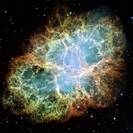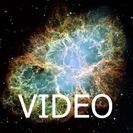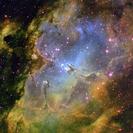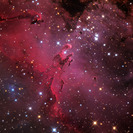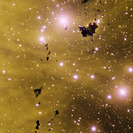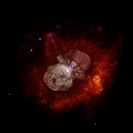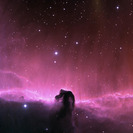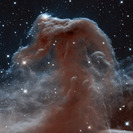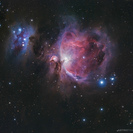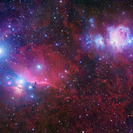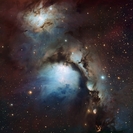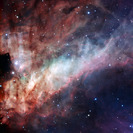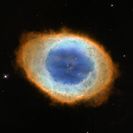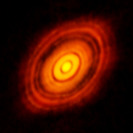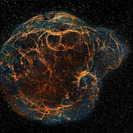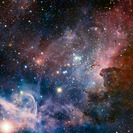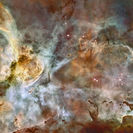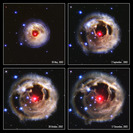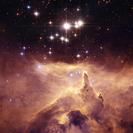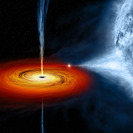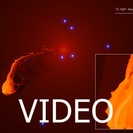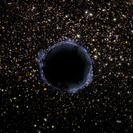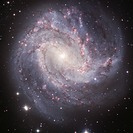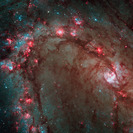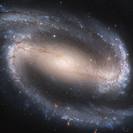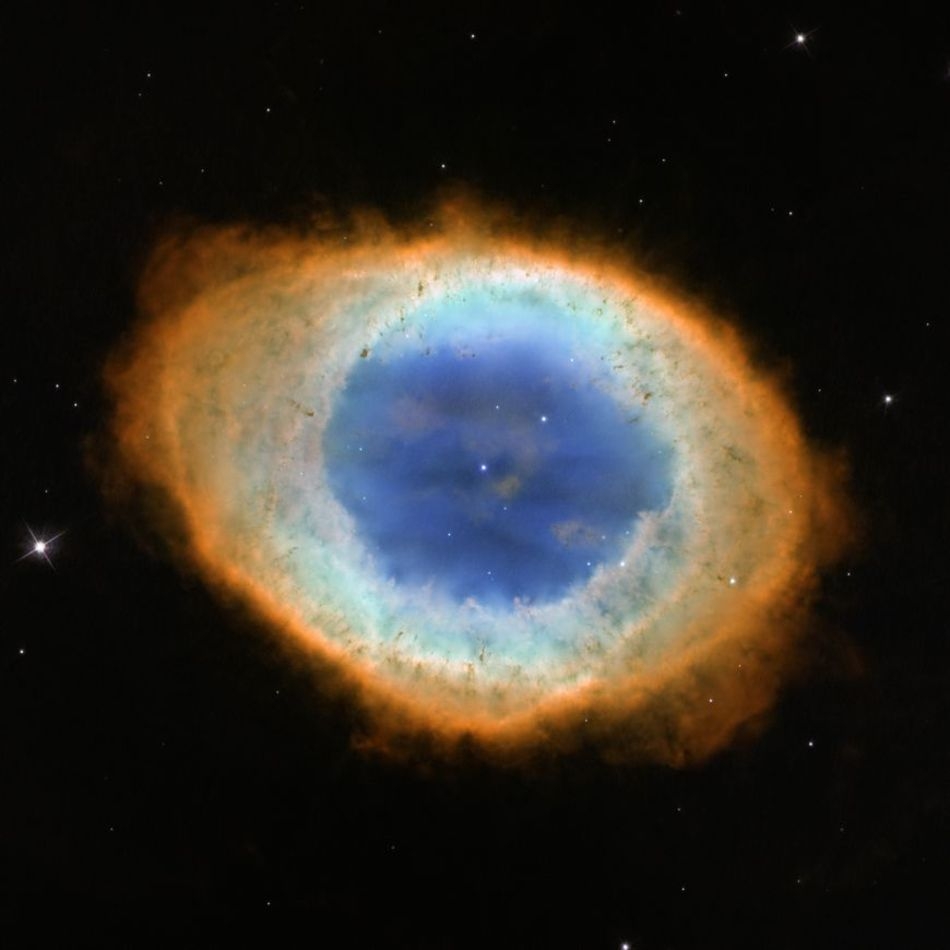The Ring Nebula (M 57) is a planetary nebula about 2300 light years away from us. This is how it looks when a star blows its outer layers at the end of the life. If the star is not big enough to explode in a supernova, it will eject some of its mass as in the case of M 57, the Ring Nebula. The star in the centre of the nebula can still be seen, but it is passing through the last stage of its stellar evolution and is soon to become a white dwarf. The star in the centre is still bright enough to illuminate the whole scene.
The colours are more or less true colours; it's a composite image from Hubble with different colour filters. The blue colour is very hot helium, green is ionised oxygen and red is ionized nitrogen. The temperature is higher close to the centre, the central star has a surface temperature of 120 000 °C (216 000 °F) and will slowly cool down in the future. Currently it still shines 200 times brighter than the Sun. M 57's inner ring (which is visible in this image) has a diameter of roughly one light year and was blown off the star 5000 to 6000 years ago. It's a perfect example of how our Sun will look in about 5 or 6 billion years. Of course, by then we have to leave the scene in time - as beautiful as it may look - and find ourselves another planet in the Milky Way.
If interested, read more about: Emission nebula
